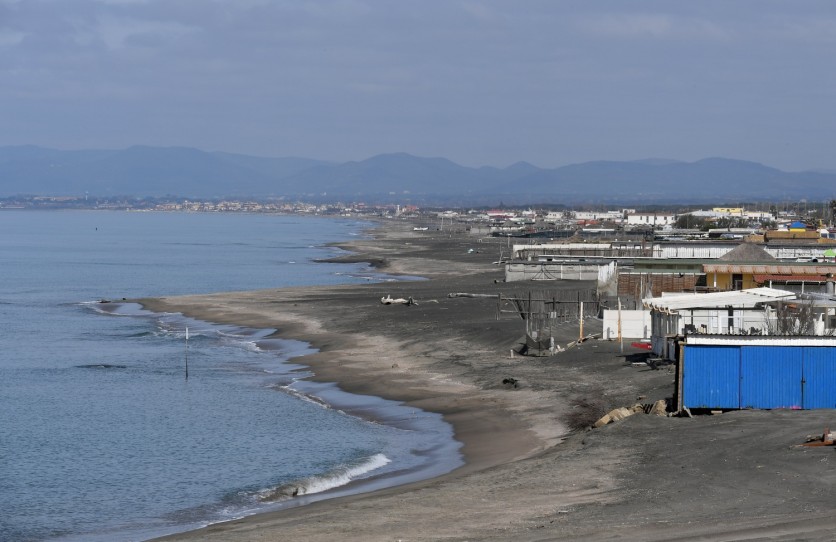The new coronavirus can continue to exist prolonged exposures to high temperatures of up to 140°F (60°C), according to an experiment by a team of French scientists.

Professor Remi Charrel and colleagues at the Aix-Marseille University in southern France heated the virus that causes COVID-19 disease for an hour. They determined that some groups were still replicating.
The scientists needed to bring the temperature to almost boiling factor to kill the virus completely, according to their non-peer-reviewed paper published on bioRxiv.Org. The results have implications for the safety of lab technicians working with the virus.
Is the current heating system ineffective?
The group in France infected African green monkey kidney cells, a standard host material for viral activity assessments, with a strain extracted from an affected person in Berlin, Germany.
The cells had been loaded into tubes representing two different forms of environments. One is "clean," and the other is "dirty" with animal proteins to simulate biological infection in real-life samples, including an oral swab.
The viral strains in the natural surroundings have been thoroughly deactivated after heating. Some groups in the grimy samples, however, survived.
The heating system ended in a definite drop in infectivity. Still, enough living groups remained so that you can start another round of infection, stated the paper.
There has been a rapidly growing demand around the world to carry out tests on the brand new coronavirus. But some works had to be carried out in less protected laboratories.
Technicians in those labs were directly uncovered to the samples, requiring that they be "deactivated" before similar processing.
For the new coronavirus, scientists said this temperature could be sufficient for samples with low viral loads because it may kill a significant percentage of the traces. But it can be dangerous for samples with extremely excessive quantities of the virus, consistent with the researchers.
The French group discovered a better temperature should assist clear up the problem. For instance, heating the samples to 92 degrees Celsius for 15 minutes may want to render the virus completely inactive.
However, such excessive temperatures should also severely fragment the virus' RNA and decrease the sensitivity of the check.
ALSO READ : Coronavirus: Scientists Admit It Can Take Years to Work out Exact Antibodies to Treat COVID-19
Strike a balance between protecting workers and disinfecting virus efficiently
The researchers, therefore, recommended the use of chemicals in place of heat to kill the virus and strike a balance between protecting laboratory workers and disinfecting the virus efficiency.
"The results in this study should help [determine] the best-suited protocol for inactivation [to] prevent exposure of [workers] in [detecting] Sars-CoV-2 for diagnostic purposes," wrote the authors.
A microbiologist studying the coronavirus at the Chinese Academy of Sciences in Beijing said Chinese research at facilities were privy to the chance to lab employees and took extra precautions.
All workforce ought to dress in a complete hazmat completely when coping with the virus samples, even after deactivation, amongst other measures.
The French experiment furnished valuable facts, but the state of affairs in actual lifestyles could be a lot more complicated than the lab simulations, consistent with the scientist.
"The virus behaves quite differently with a change in environment. Many research projects are still underway to solve these puzzles," the researcher told South China Morning Post.
![Apple Watch Series 10 [GPS 42mm]](https://d.techtimes.com/en/full/453899/apple-watch-series-10-gps-42mm.jpg?w=184&h=103&f=9fb3c2ea2db928c663d1d2eadbcb3e52)



